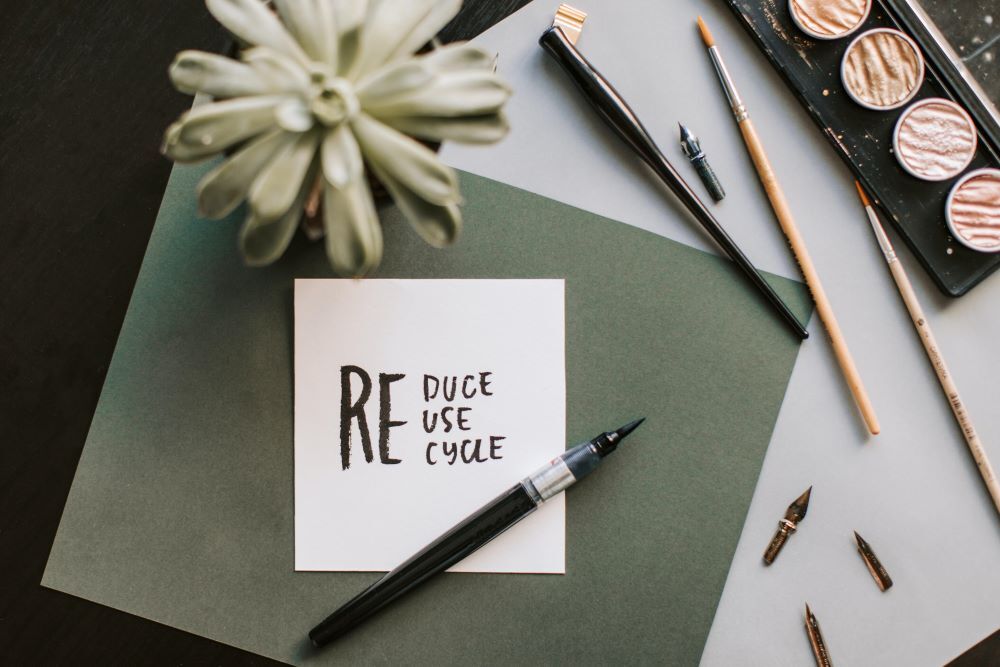Sustainable solutions: Building a circular economy

Järgmised algavad grupid
Liitu ootejärjekorraga
Sustainable Solutions: Building a Circular Economy
Ligipääs kõikidele kursustele kõigest
29€ kuus!
Püsitellimuse saad tühistada igal ajal.
Kursuse kirjeldus
Are you ready to create a greener world? Welcome to our course where we're reshaping the future for a healthier planet! Imagine all the things we use daily – they often turn into waste, harming our planet. But there's a new way of thinking. Instead of tossing things away, we're diving into the art of using resources wisely.
⚠️ Selle kursuse järgmise grupi algusaega hakkame planeerima siis, kui ootenimekirjas on vähemalt 20 õpilast või mõni kool on selle grupi alustamise tellinud. Pane end ootenimekirja siit või telli enamate huviliste puhul grupi alustamine kirjutades [email protected].
During this course, you'll discover how we can create things that don't harm the environment. You'll explore new ideas and concepts, proving that small actions can lead to a big difference. This is your chance to make a real impact and become a champion of change. And here's the thing – we're all about action, not just words! You'll brainstorm your own ideas and put them into action to make the world a better place.
If you're excited about a greener future and want to be part of a generation that makes things better, this course is for you. Sign up now and let's start this awesome journey together!"
Modules
Introduction: Understanding the circular economy
Explaining the circular economy in today's world and why it is important to transition from a linear to a circular economy
Analyzing Circular economy principles (reducing, reusing, recycling, and composting)
Examining circular business models - Reducing
Examining circular business models - Reusing
Examining circular business models - Recycling
Use design thinking to create your own circular products/services
- What is circular economy and why it is important to transition from a linear to a circular economy
- Which are the key principles of circular economy and examine different circular business models from real-life examples
- The importance of reducing waste and increasing recycling rates and different strategies for waste reduction and recycling
- How design thinking can contribute to circular economy and design your own circular solutions
- How to analyse examples of circular design and innovation
✅ The grading of the course is non-differentiated (pass/fail).
📋 The prerequisite for passing the course is completing all self-evaluation tests with at least 80% correct answers and submitting both the mid-term and final project of the course.
🎥 Online class recordings of this course will be made available after each class.
👀 Participating in all online classes is not required for passing the course, but the course grade cannot be "Pass" if the student participates in fewer than half of the online classes.
👨🏫 The teacher can set additional criteria for passing the course.
A total of 17 classes are planned, each class is 90 minutes long. Of these, 13 are online lessons and 6 are for independent or group work.

Katariina
Keila Kooli õpilane
Richard
Tabasalu Gümnaasiumi õpilane
Loona
Kuusalu Keskkooli õpilane
Kristina
Antsla Gümnaasiumi õpilane